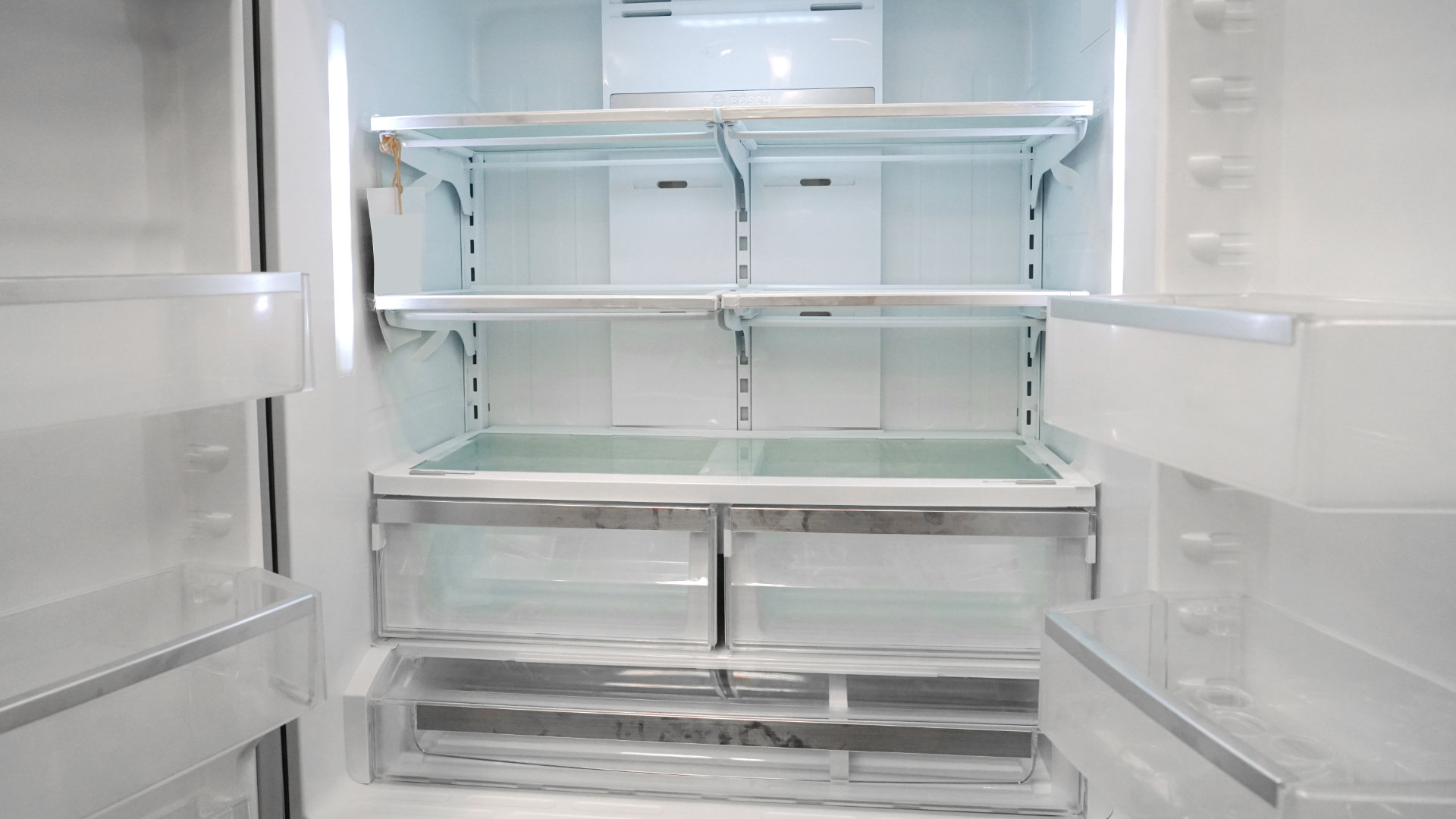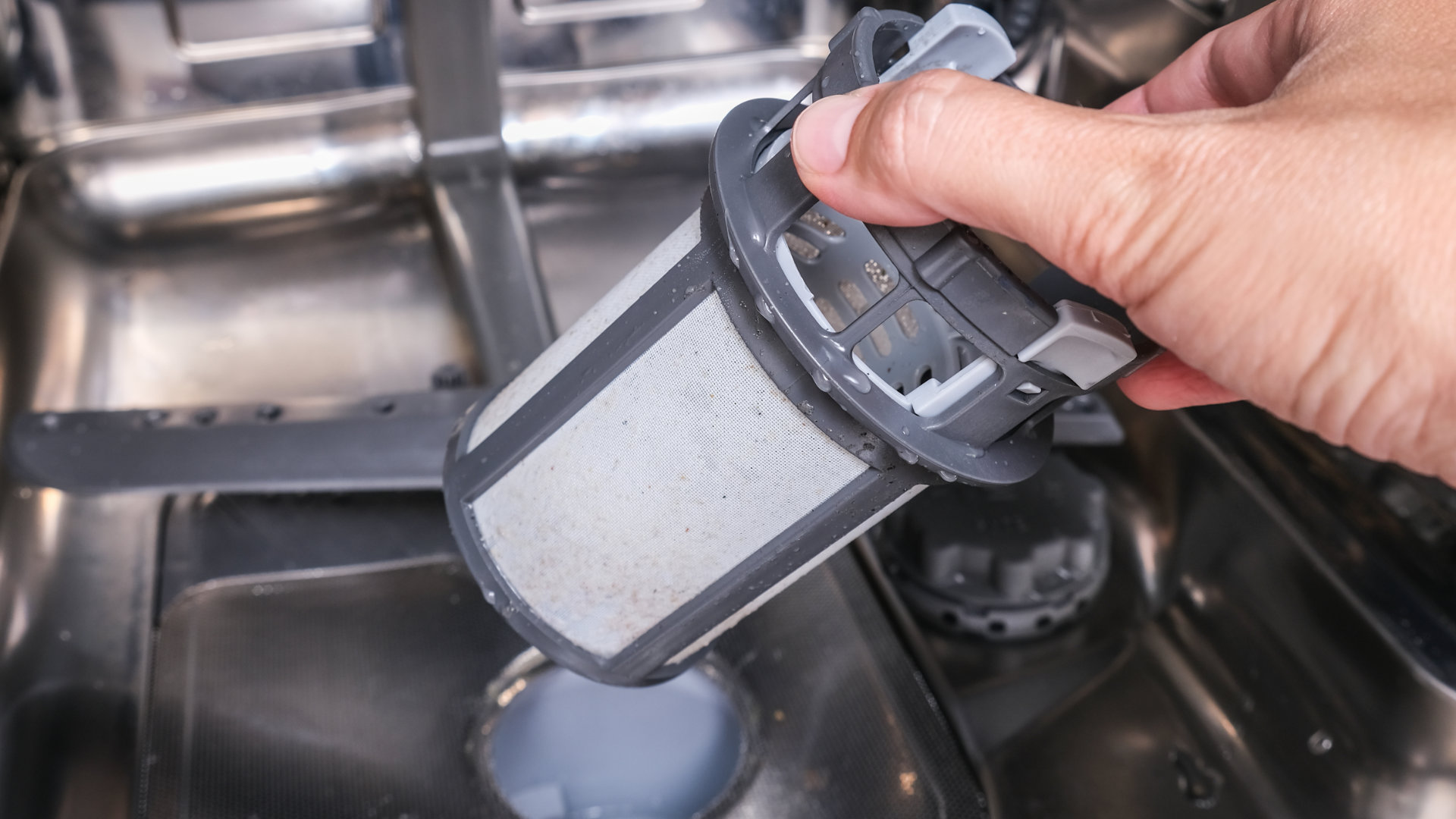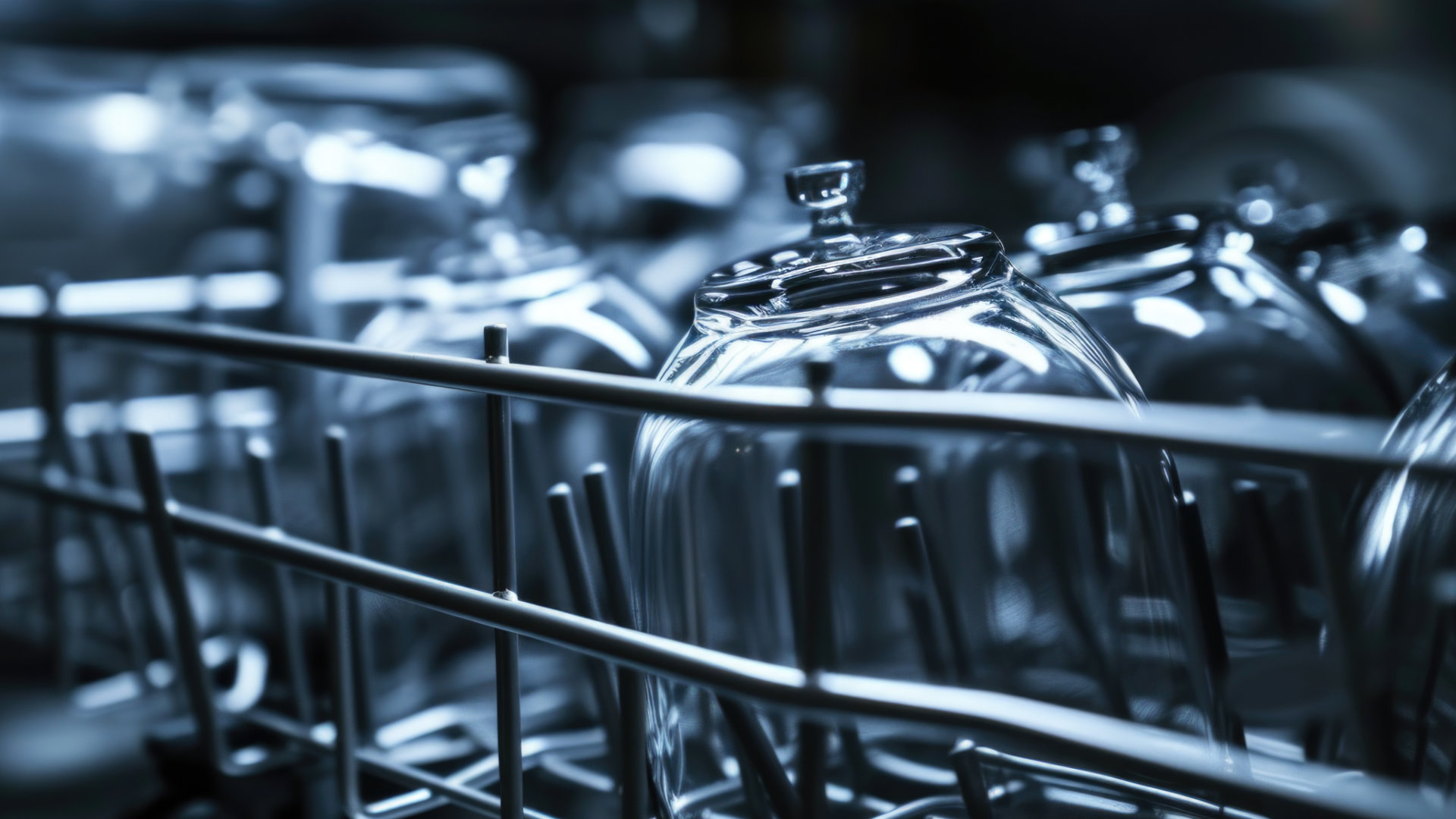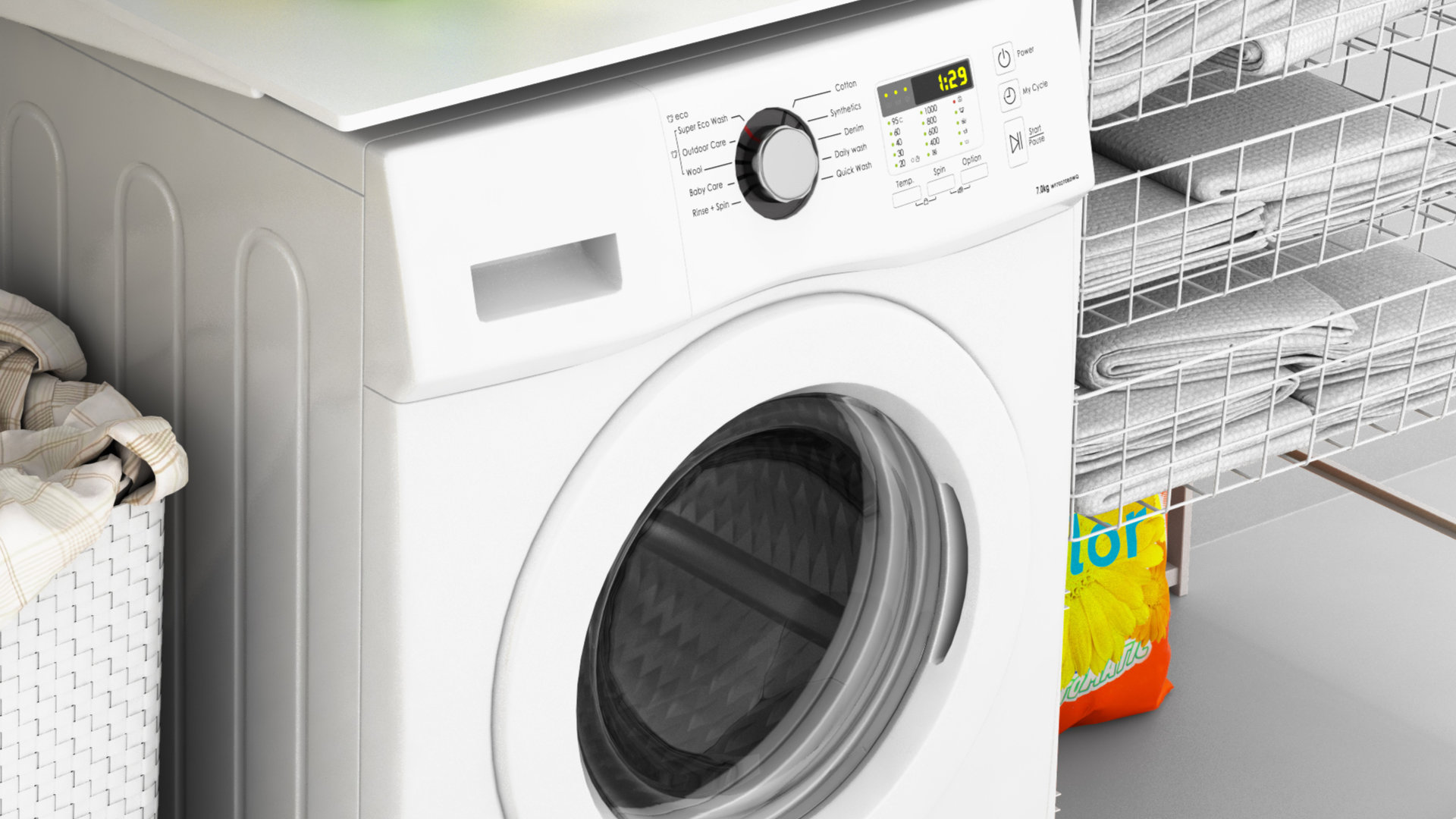
Is water not dispensing from your fridge, yet ice is? This can initially seem confusing since the ice maker and water dispenser share the same water line in most refrigerators. However, there are a few reasons why this problem can occur.
This article will go through these reasons, helping you identify what’s causing the problem while also offering tips on how to fix it. By the end of this article, you should hopefully be enjoying refreshing glasses of cool water from your fridge once again.
Reason #1: A Frozen Water Line
This is one of the most common causes of a fridge’s water not working even though the ice is. First, here’s a quick test you can run to see if a frozen water line is the likely cause:
- Locate the water line that runs to the dispenser; you often find it under the base grill or at the back of the refrigerator. Refer to your user manual if needed.
- Find a connection point in the water line. It’s usually plastic, and you can easily disconnect it by pressing on part of it while pulling either side of the line away from each other. Have towels or a bowl ready; some water may come out when you separate it.
- When you’ve disconnected the water line at the connection point, press the water dispenser button or pedal and observe if water comes from the disconnected line. Catch any water with a bowl.
If water comes out, it likely means it’s frozen somewhere higher up the water line in the freezer door near the dispenser as the pump and control panel are clearly working fine. If water doesn’t come out, move on to the next potential fix.
If, after running this test, you believe the water line is likely frozen, here are the steps to unfreeze it:
- Purchase a frozen water line tool online, or create your own using a syringe and some thin plastic tubing.
- Fill the syringe with hot but not boiling water by placing the end of the tubing into a bowl of hot water and then pulling the plunger out to draw the water up into the syringe.
- Next, feed the tubing into the outlet of your water dispenser, pushing it all the way in until you meet resistance. This resistance is where the water line is likely frozen. The water line should still be separated at the connection point, like when you ran the diagnosis test.
- Push in the plunger to inject the hot water into the water line, melting the ice. Catch any water that runs out either end of the water line with a bowl or towels.
- Repeat this process multiple times until you can feel all the ice inside the water line has melted and that it’s clear of obstructions.
- Reconnect the water line at the connection point and test your water dispenser to see if it’s now working.
Reason #2: Water Filter Needs Replacing
Sometimes, when a water filter becomes clogged and needs replacing, it can allow enough water through at low pressure for ice-making but not enough for the water dispenser; hence, you get ice but no water.
Replacing the water filter is simple and should be done every six months, regardless. Here’s how to replace the water filter:
- Buy a new filter compatible with your fridge model.
- Locate your water filter. Use your user manual if needed; every fridge is different.
- Turn off the water supply to your fridge.
- Remove the old filter; usually, this is done by turning it counterclockwise and pulling it out.
- Add the new filter, usually done by pushing it in and turning it clockwise until it clicks into place.
- Turn the water supply back on and see if the water now dispenses.
Reason #3: Faulty Water Inlet Valve
If the water inlet valve is faulty, it won’t open to supply water to the dispenser. However, since your ice is working, this could only potentially be the cause if your fridge has separate solenoids for the ice and water, which many don’t. Solenoids are electromechanical valves that open in response to an electrical signal.
To check whether your fridge has dual solenoids, and to test whether they work, follow these steps:
- Check the specifications of your fridge model, referring to your user manual or looking online, for details on the water inlet valve.
- Unplug your fridge for safety.
- Locate your water inlet valve by pulling your fridge away from the wall and removing the lower back panel with a screwdriver.
- Test each solenoid for continuity using a multimeter.
- Replace any solenoid that doesn’t have continuity with a new one.
Reason #4: Dispenser Switch Is Faulty
The dispenser switch is the button or lever you press to dispense water. If it’s faulty, it wont send the signal to the control board to release water. If this is the case, you likely won’t hear the usual sound the dispenser makes when you activate the dispenser switch.
To test the dispenser switch, follow these steps:
- Cut off power and water to the appliance.
- Remove the dispenser cover by prying it off gently with a flat head screwdriver or a similar tool, being very careful not to damage the cover.
- Locate the dispenser switch; it’s a small box-like component.
- Disconnect the switch from its electrical connections.
- Test the switch for continuity using a multimeter – you do this by placing the multimeter probes on its terminals and then pressing the dispenser switch and checking the reading on the multimeter.
- Replace the dispenser switch with a new one compatible with your fridge model if it doesn’t have continuity.

How to Reset a Whirlpool Refrigerator Ice Maker

6 Reasons Your LG Refrigerator Is Not Making Ice

Kenmore Fridge Ice Maker Not Working? 5 Ways to Fix It

How to Remove Fish Smell from Your Refrigerator

How To Fix Bosch Dishwasher E24 Error

Troubleshooting a Whirlpool Dishwasher Not Draining

Why Is Your Fridge Water Not Working, but Ice Is?

How to Fix the E15 Bosch Dishwasher Error Code

How Much Power Does a Microwave Use?

How to Properly Clean Refrigerator Coils

How to Fix an LG Washer Showing OE Error Code

Troubleshooting a GE Dishwasher with No Power and No Lights

10 Reasons Why Your Bosch Dishwasher Won’t Start

Troubleshooting the F5 Error Code with a Maytag Washer


